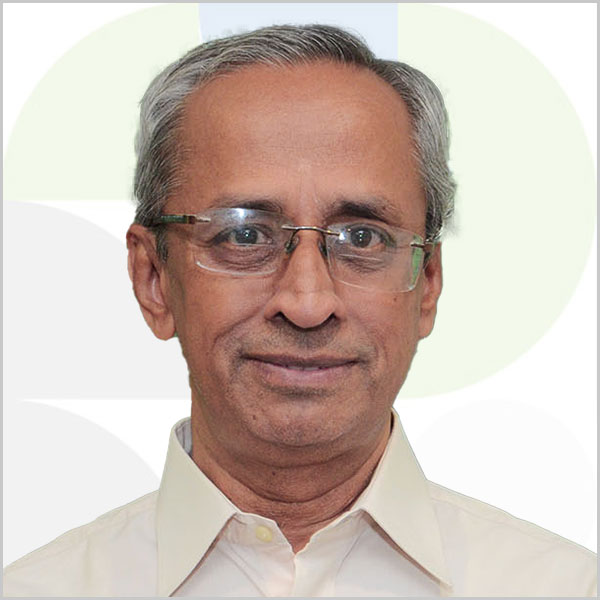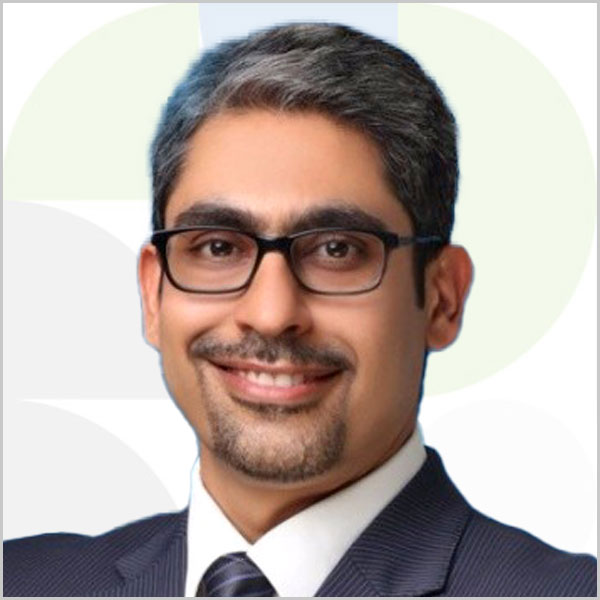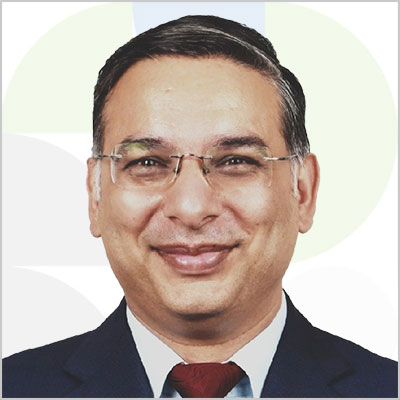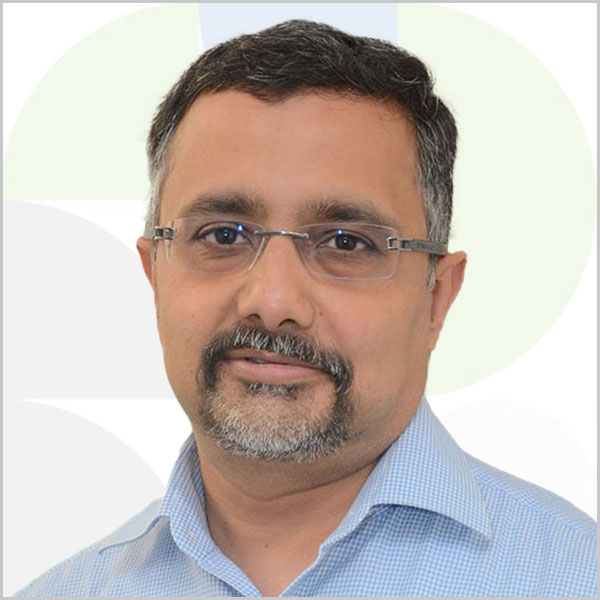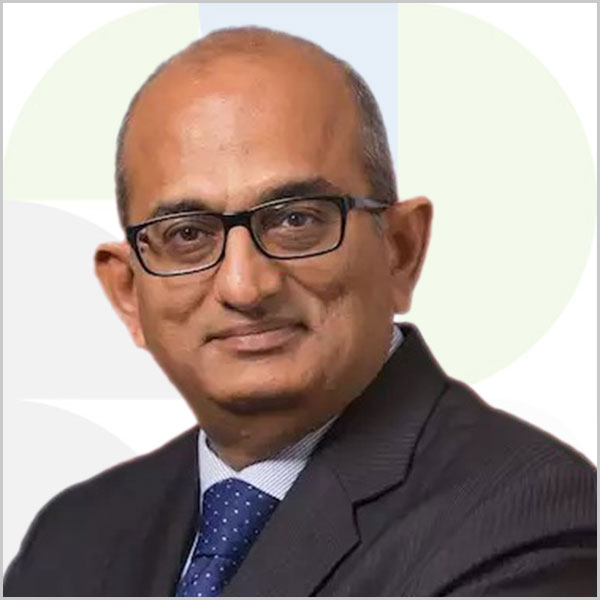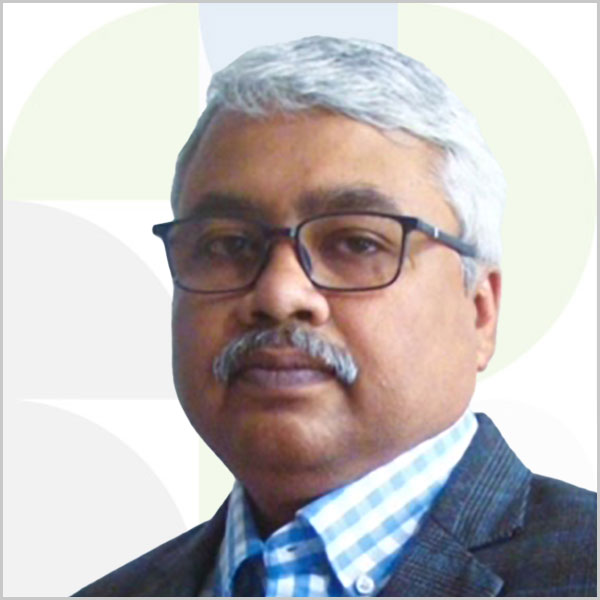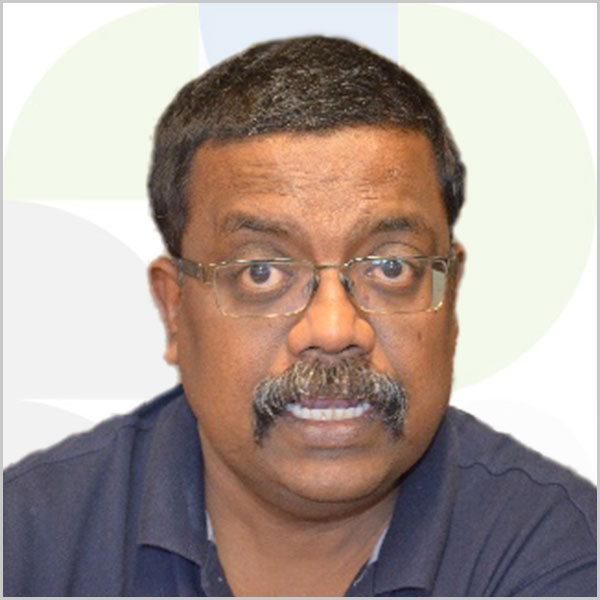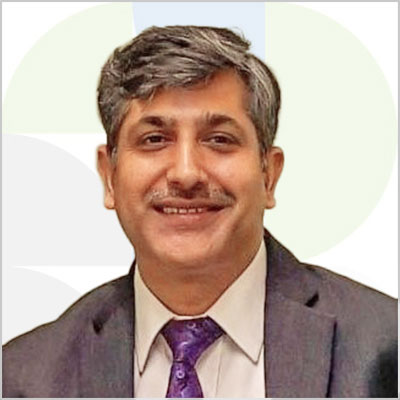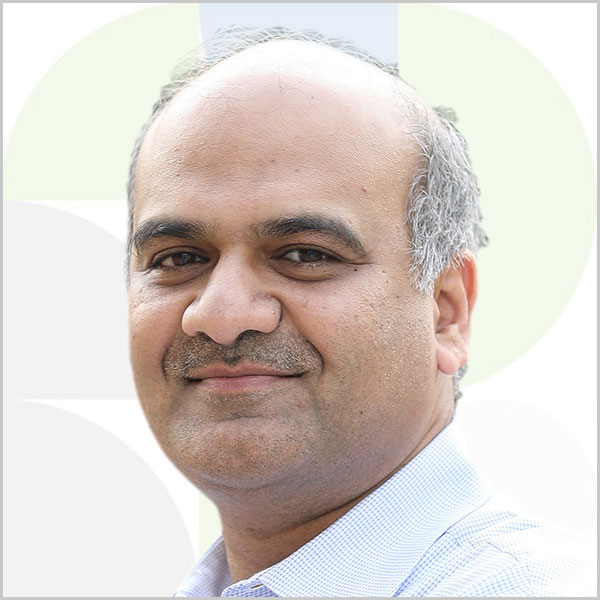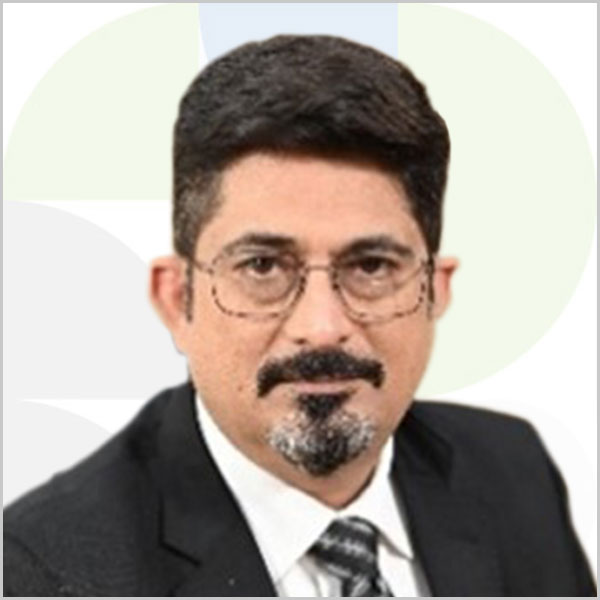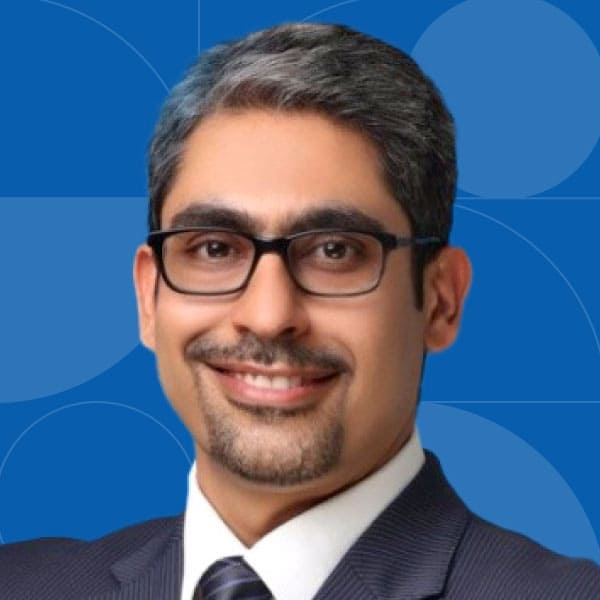Alliance for an Energy Efficient Economy (AEEE) presents
FORUM ON ENERGY EFFICIENCY & DECARBONISATION (FEED 2023)
Transitioning Towards Carbon Neutral Bharat using Energy Efficiency as a First Fuel of Choice
02-03 February 2023, The Ashok, New Delhi
ABOUT THE EVENT
FEED 2023 will bring together stakeholders of the energy efficiency ecosystem, such as-Energy Service Providers, Original Equipment Manufacturers (OEM), Financial Institutions, Policy Makers, Decision Makers, Facility Owners and End- consumers to drive energy efficiency.
It will facilitate interactions among the stakeholders to enhance business competitiveness through Energy Efficiency in India.
AGENDA
Registration- Welcome and Tea/Coffee
Opening - Welcome Address by Chirag Baijal, Chairman, AEEE
Keynote Address by Dr Ajay Mathur, Director General, International Solar Alliance (ISA)
Fireside Chat on Investments and Financing required for India to Achieve Decarbonisation Goals with Rajat Gupta, Senior Partner, McKinsey & Company
As we seek ways to accelerate the pace of energy transition, India is uniquely positioned in many ways. Through the fireside chat, we aim to explore the pathways towards enabling and integrating energy efficiency culture in this decisive decade to catalyse financing in the decarbonisation space.
Networking Tea Break
Executive Dialogue 1 – Ensuring a Sustainable Cold Chain by India@100 Powered by Danfoss Industries
Session Brief: India has emerged as one of the world's second-largest producers of fruits and vegetables. However, with India's growing population, there will be an additional 430 million mouths to feed, hinting that food security and hunger to remain the most pressing concerns in the next few decades. Further, the sector continues to experience significant post-harvest losses, which are a cause of rising distress for India's small-holder farmers. The Indian government recognises the need for developing post-harvest infrastructure and has formulated several schemes, such as the Mission for Integrated Development of Horticulture (MIDH), Mega Food Park Scheme, and Agriculture Infrastructure Fund (AIF). Recent interventions, such as the formation of the Doubling Farmers Income (DFI) committee and the Gati-Shakti Master Plan, will improve farmers' income, increase employment opportunities and strengthen market linkages. This journey of developing a sustainable cold chain will help the country decarbonise its energy system and increase its economy and meet the Net Zero ambitions by mid-century. However, some questions still need answers:
- What hinders the on-ground implementation of government programs for strengthening cold-chain infrastructure? How can these be resolved?
- Is it difficult to develop a sustainable cold chain in India, employing energy-efficient technologies?
Executive Dialogue 2 – Facilitating Green Finance in Energy Efficiency through Public-Private Financing
Session Brief: Indian states have to achieve the national energy savings target of 150 million tonnes of oil equivalent (Mtoe) by 2030, which equals approx. 25% of Total Final Energy Consumption and is equivalent to 1750 TWh (Billion units) of electricity, avoiding 1,400 million tonnes of coal, reducing 1250 million tonnes of CO2, and will cumulatively avoid 400 GWs of generation capacity. These ambitious targets are critical to ushering in a net zero economy, as proclaimed in India’s Nationally Determined Commitments. These cannot be achieved without a funding mandate and budgetary provisions that can easily come from the avoided capital expenditure needed to build supply-side infrastructure. This will allow public investments to be matched by 3-5x by private sector investments as evidence shows from global case studies and India’s own experience from the renewable sector.
Both houses have now passed modifications to the Energy Conservation bill. The Bill amends the Energy Conservation Act, of 2001, to empower the central government to specify a carbon credit trading scheme. For this, the modalities will have to be worked upon by involving various stakeholders to structure the market. The panellists will share perspectives about how the PPP model can unlock a larger financial base where both the voluntary international and domestic carbon market may aid in the better recovery of EE investments.
Attracting investments and scaling up finances in energy efficiency has been a long-standing challenge. Since energy efficiency-enabled benefits are often realized over a longer time horizon and happen in distributed and smaller quantum, an aggregation and risk-sharing mechanism between the public and private sector parties can help facilitate larger investments. The session’s deliberations will explore what a successful business model looks like to pave the way for large-scale investments and recovery of those investments to transform the energy efficiency market. The session aims to discuss the emerging trends and challenges to facilitate green investment to enhance energy efficiency by replicating the successful trends in the renewables sector (e.g., SECI), which used to face similar challenges 10 years ago that the energy efficiency industry has faced over several decades.
The dialogue’s deliberations will discuss how the launch of a successful business model in the energy efficiency ecosystem where the carbon market could aid in the recovery of investments and help transform the energy efficiency ecosystem.
Keeping this context in mind, here are some high-level questions for the moderator and panellists to consider to help in a dynamic exchange of ideas and deliberations, which will lead to some compelling options and recommendations on how to move the EE industry forward:
- What can we learn, and how can we replicate the success of the renewables sector in the energy efficiency sector?
- What kind of innovative investments and risk-sharing/mitigating models deliver, scale, and replicate the success that India enjoyed in the LED segment to be extended to other low-hanging fruits (e.g. cooling appliances esp. super-efficient fans and air-conditioners, smart meters, electric vehicles, efficient motors, Cooling as a Service, etc.)
- How will carbon markets aid in better recovery of EE investments as an additional revenue stream?
- What will the institutional mechanism look like to give confidence to all the stakeholders to realize the multi-billion dollar potential of the energy efficiency industry?
Networking Lunch
Industry Session 1 – Energy Efficiency from the Boiler-Room to the Boardroom Powered by CLASP
Session Brief: The session will bring together industry champions on energy efficiency for a dialogue on integrating energy efficiency in their processes and products. The discussion will focus on:
- Understanding key factors that drive energy efficiency investments
- The process of adopting efficiency in their process and products to help them meet domestic and international regulatory requirements
- Impact of energy efficiency adoption on trade and investments and climate objectives
Industry Session 2 – Making Sustainability a Reality: HVAC solutions Powered by Carrier
Energy Efficiency Market Trends and Implications for India, a presentation by International Energy Agency (IEA)
Networking Break & High Tea
Opening Address – AEEE Team
Industry Session 3 – Market Transformation at the Sub-national Level: The Cases from California Powered by Energy Solutions
Decarbonizing buildings to meet climate goals and states as a test bed: California Case Studies
- Emerging Technology: Accelerate the identification, testing, and demonstration of emerging and underutilized decarbonization technologies
- CalNEXT Program
- Scalable deployment: Assess and develop program solutions to address barriers to widespread adoption of technologies to supercharge the transition
- Midstream Programs and TECH Clean California
- Increasing baseline: Lock-in the transformation with development of policy using new technology as the baseline
- Appliance Standards
Tea Break
Industry Session 4 – Decarbonizing India’s Cooling Sector through Adoption of District Cooling and other Cooling Technologies Powered by TABREED India
Session Brief: In light of India’s burgeoning cooling requirements and its commitments under the Paris agreement, this session aims to discuss the most suitable and sustainable strategy that can be adopted to decarbonize Indian cities while meeting the demand for cooling
The session will be structured in an ‘Oxford Union Style Debate’ format to engage the speakers as well as the audience. The proposition team will be speaking in favour of district cooling as well as other cooling technologies as the best possible solution; and how its deployment on a large scale (real estate, smart cities and urban planning) facilitated through the right policies and investments can yield economic and ecological dividends for all stakeholders through significantly reduced power load on the grid (as well as the potential for load shifting through the integration of renewable and thermal energy storage), energy consumption savings, etc. On the other hand, those representing the “opposition” will focus on challenges to the deployment and adoption of DC, relevance and feasibility of DC for India, especially in the context of affordable housing, resi-sector, and Tier II, III, IV cities, as well as the larger role passive cooling measures and nature-based solutions can play in providing thermal comfort.
The event will be moderated by Tabreed India, an industry leader in district cooling, and will feature dignitaries from the cooling and allied industries as well as government organisations. The session, through its structure and focused conversation, will help provide a holistic and systemic view, integrating seemingly isolated aspects of the argument cohesively together, for formulating and implementing India’s Cooling Roadmap.
Executive Dialogue 3 – E-mobility Landscape: A Strategy to Decarbonise the Road Transport Sector
Session Brief: In India, road transport contributes 90% of the total transportation-induced carbon emissions. India has committed to reducing the emissions intensity of its gross domestic product (GDP) to 45% below 2005 levels by 2030. E-mobility is among the key strategy being adopted to achieve this goal. The important categories of vehicles for e-mobility include the two-wheelers and three-wheelers (accounting for 80% of the total sales of vehicles), public transport (inter-city and intra-city) and private vehicles. EVs higher upfront cost, range anxiety and potential safety issues and are some of the significant challenges in accelerating EV adoption in India. Battery swapping is among the options being considered as a potential solution that could accelerate EV adoption. This session will discuss the challenges and barriers to EV transformation, battery swapping and the potential for retrofitting of the existing fleet. It will also shed some light on the government’s and industry's efforts in terms of policies and demand aggregation to accelerate the market transformation.
Executive Dialogue 4 – Creating 10GW market for Demand Flexibility by 2030
Launch of the whitepaper titled "Customer Engagement – A tool for Utility driven for Utility Demand Side Management."
Session Brief: The increasing share of renewables in India’s grid power and proliferation of decentralized power generation has created the need for demand flexibility, amongst other solutions for cost-effective renewable grid integration. While demand-side management is not a new concept for India, demand flexibility to support renewable integration and decarbonization is relatively new and is limited to small-scale pilots in a few states. Distribution utilities must also purchase expensive electricity to meet critical peak demand. The Central Electricity Authority projects the country’s peak demand to grow from 203 GW to 366 GW between 2021-22 and 2031-32. The reforms in the wholesale power market, bringing ancillary services into the market, increasing proliferation of smart meters, and smart grid technologies make demand flexibility feasible in important demand sectors such as buildings that have a share of more than 30% in India’s electricity consumption. Buildings with new energy technologies have the potential to interact with the grid rather than only passively drawing power from the grid. Grid-Interactive Efficient Buildings (GEB) have a holistically optimised blend of energy efficiency, energy storage, renewable energy, and load flexibility technologies enabled through smart controls and building occupants’ behaviour.
The session will discuss the strategies and way forward for the Indian grid to scale-up demand flexibility measures and create an ecosystem for demand flexibility. The session will discuss the technology and infrastructure needed for demand flexibility which also has the potential to enhance grid resilience, regulatory reforms and business models to establish and accelerate the market for demand flexibility in India.
Lunch
Structured Presentation: AAI’s Efforts to Benchmark Energy Consumption and Enhance Energy Efficiency at Airports
Executive Dialogue 5 – Intensifying Private Sector Climate Action through Datadriven Enterprise-level Energy Management Powered by Schneider
Session Brief: As of December 2022, 4,237 companies globally and 107 Indian companies have signed up for Science-Based Targets, which helps corporations set and meet emissions reduction targets from their operations to align with the 1.5°C, well below 2°C, or net-zero goals. These include companies which have committed to developing targets or have already set targets. Through this session, medium and large-scale enterprises and organisations can share the realised benefits of the adoption of data-driven techniques for energy management. They can further elaborate on how external and internal challenges have affected the uptake of measures for end-use energy management and how these were overcome. Organisations can highlight how their evolving energy strategy ties in with ESG compliance and broader climate goals while delivering financial savings. They can share such transferrable learnings among each other as well as with the audience to propel smoother adoption of energy management practices across sectors.
Executive Dialogue 6 – Advancing Construction Sector- Decarbonising through Alternate Materials and Demand Optimisation Techniques
Session Brief: The construction sector is highly fragmented with different stages, processes and different stakeholders, and each stakeholder has an impact on the GHG emissions in the entire building life cycle. Therefore, to effectively de-risk the sector from climate risks while continuing to innovate and provide a sustainable habitat, greater participation and coordinated action is required from all the key players in the entire value chain. Population and economic growth have fostered urbanisation in India, and the number of urban towns and cities is increasing drastically. This increasing urbanisation is leading to a rampant rise in the construction of buildings and housing projects. According to AEEE’s estimates, India's total building floor area will be around 30 billion m2 by 2038 from 15.8 billion in 2015. This growth would also spur the demand for conventional construction materials like cement, steel, bricks, glass, etc. Yet, these construction materials are highly energy and emissions-intensive and are responsible for the embodied carbon from the building and construction sectors. They must change in the decade of climate action even more so because the embodied carbon content in India’s buildings, especially in residential construction, is much higher; the way we used and still are building needs to change as our PM has pledged to decarbonise its economy by 2070 at COP 26. To fulfil these targets and commitments, it requires a clear and focused strategy with a holistic approach covering all phases of building construction, from the extraction of building raw materials to the disposal and recycling of demolition waste.
This session attempts to address the embodied carbon from the construction sector through discussions around the material efficiency methods in this sector.
Industry Session 5 – Scaling up Financing for Energy-Efficient Products using Independent Measurement and Verification Powered by Eurovent
Session Brief: According to studies and research conducted by IEA and McKinsey, floor area in the buildings sector worldwide is expected to increase 75% between 2020 and 2050, of which 80% would be in emerging markets and developing economies. In this regard, India is uniquely placed with three-quarters of the buildings, infrastructure and industrial capacity of India in 2050 yet to be built. Despite this demand growth the total CO2 emissions from the buildings sector need to decline by more than 95% by 2050. This would translate to more than 85% of buildings complying with zero-carbon-ready building energy codes by 2050. In addition, HVAC energy use constitutes the largest single category of building energy load. Under this scenario, an efficient airside in the HVAC sector becomes ever-more important to ensure meeting these net zero requirements while maintaining a high level of IAQ.
Valedictory Session
Tea Break & Dispersal
THEMATIC AREAS

Low-Carbon Built Environment

Low Carbon Manufacturing

Sustainable Cooling and Refrigeration

Smart and Resilient Power Distribution

Energy & Emissions Benchmarking and Analytics

ESCO Market Enablement

Decarbonisation of the Transportation Sector

Energy Efficiency at the Sub-National Level
SPEAKERS
Ajay Mathur
ISA
Amit Bhatt
ICCT
Aneesh Jain
Principal, AFRY
Arti Chopra
Amity International School
Asheesh Fotedar
NCCD
Ashok B Lall
Principal Architect, Ashok B Lall Architects
Ayaz Kamil
Global Head of Sales, Smart Mechanical Services at Smart Infrastructure, Siemens
Bhaskar Natarajan
Senior Fellow, Alliance for an Energy Efficient Economy (AEEE)
Bijit Kundu
Energy Solutions
Chirag Baijal
Carrier
Cornelia Schenk
IEA
Daniel Cornejo
Energy Solutions
Deb Mukherji
Omega Seiki Mobility
Devraj Singh
Eurovent India
Dhiraj Wadhwa
Director, Commercial Applied & Overseas Business Carrier India
Dushyant Ahuja
Country Manager, Tabreed India
Girja Shankar
EESL
Gopal K Nariya
BSES Rajdhani Power Limited
Gurneet Singh
Environmental Design Solutions
Himanshu Chawla
Delhi Electricity Regulatory Commission
Jayanta Chaudhuri
Director, Marketing, Alliances and Partnerships, Alliance for an Energy Efficient Economy (AEEE)
Jyotirmay Mathur
MNIT Jaipur
Manish Dabkara
President, Carbon Markets Association of India (CMAI)
Manish Gupta
Indian Railways
Manoj Meena
ATOMBERG Technologies
Markus Lattner
Eurovent
Matt O’Keefe
Oracle Energy & Water
Mayank Bhardwaj
USAID SAREP Project
Meenal Sutaria
MP Ensystems Advisory Private Ltd
Muthukrishnan M
GMR Group
N Mohan
Transport Department, Govt of NCT of Delhi
Nitin Goel
Inficold India Pvt. Ltd.
Pankaj Mehta
Carrier Transicold
PK Goel
Eurovent Certita
Pragya Nehru
CII’s Food & Agriculture CoE
Pramod Kumar Singh
Senior Director, Research and Programmes, Alliance for an Energy Efficient Economy (AEEE)
Pramoda Gode
World Economic Forum
Prarthana Borah
CDP India
Prasad Vaidya
Director, Solar Decathlon India
Rajat Gupta
McKinsey
Ravichandran Purushothaman
President, Danfoss India
Reena Rai
Airports Authority of India
Rohit Chashta
Schneider Electric
Saket Sarraf
ps Collective
Samrat Sengupta
EKI Energy Services Ltd.
Sandeep Kachhawa
Independent Consultant
Sanjiv Aggarwal
Chief Executive Officer and Managing Director, National Investment and Infrastructure Fund
Satish Kumar
President and Executive Director, Alliance for an Energy Efficient Economy (AEEE)
Senior Director, CLASP India
Senior Director, CLASP
Shounak Ray
World Bank Group
Soumen Maity
TARA
Srikanth
DLF Limited
Srinivasareddy Tiyyagura
Daikin India
Sudheer Perla
Managing Director, Tabreed Asia
Swatantar Kumar Singal
HAREDA
Umit Bhatia
JLL
Upendra Bhatt
Co-founder and Managing Director, cKinetics
Venkat Garimella
Chairperson, Alliance for an Energy Efficient Economy (AEEE) and Vice President, Strategy and Alliances, CSR and EE, Schneider Electric India
Vishal Garg
University Chair Professor and Director, Indorama Ventures Center for Clean Energy, Plaksha University
Vishal Kapoor
EESL
STEERING COMMITTEE
FEED Conference is spearheaded by a team of seasoned professionals in the energy space. On our steering committee we have:
Atul Bagai
Country Head, United Nations Environment Programme (UNEP) India
Chirag Baijal
Managing Director- India Region, Carrier
Luke Menzel
Chief Executive Officer, Energy Efficiency Council
Mijo Vodopic
Senior Program Officer, MacArthur Foundation
Pramoda Gode
Senior Advisor, Moving India, World Economic Forum
Prarthana Borah
Director, CDP India
Ravichandran Purushothaman
President, Danfoss India
Sanjiv Bhatia
President, STENUM Asia
Satish Kumar
President and Executive Director, AEEE
Sneha Sachar
India Cooling Lead, Climate Works Foundation
Soumya Prasad Garnaik
Regional Lead - Asia (GBI) I Lead (EE) & Green Investment Specialist, Global Green Growth Institute (GGGI)
SPONSORSHIP
All roads to successful clean energy transitions go through India. FEED Conference brings together stakeholders of the energy efficiency ecosystem and facilitates interactions among the stakeholders to enhance business competitiveness through Energy Efficiency in India.
PARTNERS
Outreach Partners




CONTACT US
For further queries, please contact:
Address
Alliance for an Energy Efficient Economy
37, Link Road, Ground Floor, Lajpat Nagar III, New Delhi 110024
info@aeee.in
bhairav@aeee.in
Mr Bhairav Sharma, Dy Manager-Membership and Training
Phone Number
T: 011 4123 5600
D: 011 4123 5617
ABOUT THE ORGANISER

Alliance for an Energy Efficient Economy (AEEE), is one of the leading organisation in India that works on creating awareness about energy efficiency as a resource. AEEE supports policy implementation and is an energy efficiency market enabler with a not-for-profit motive. We promote data-driven and evidence-based energy efficiency policies and research.








